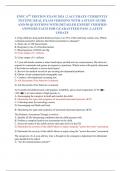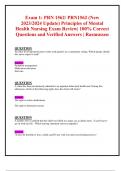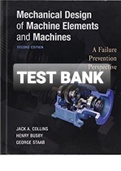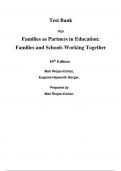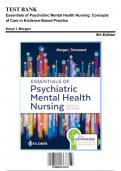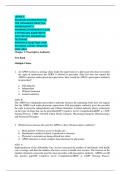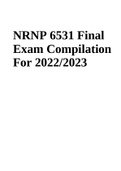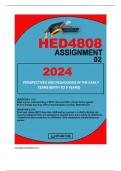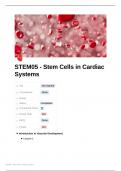Examen
ENPC 6TH EDITION EXAM 2024 | 2 ACCURATE CURRENTLY TESTING REAL EXAM VERSIONS WITH A STUDY GUIDE AND 50 QUESTIONS WITH DETAILED EXPERT VERIFIED ANSWERS EACH FOR GUARANTEED PASS | LATEST UPDATE
ENPC 6TH EDITION EXAM 2024 | 2 ACCURATE CURRENTLY TESTING REAL EXAM VERSIONS WITH A STUDY GUIDE AND 50 QUESTIONS WITH DETAILED EXPERT VERIFIED ANSWERS EACH FOR GUARANTEED PASS | LATEST UPDATE
[Montrer plus]
